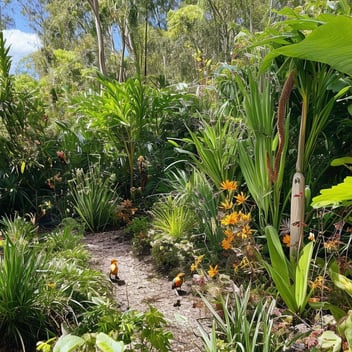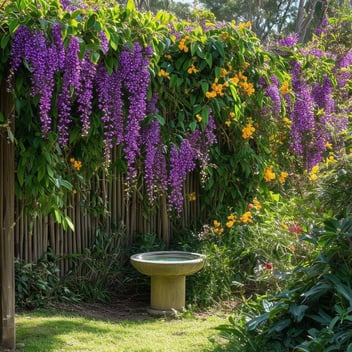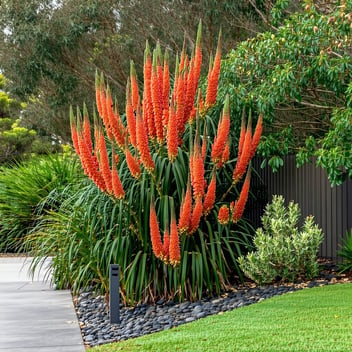Attracting Wildlife with Bush Tucker Plants in Your Garden
Integrating bush tucker plants into your garden not only offers a sustainable food source but also creates a haven for native wildlife. These indigenous plants provide essential nourishment and shelter, fostering biodiversity and enhancing the ecological balance of your outdoor space.
1. Introduction to Bush Tucker Plants and Wildlife Attraction
Bush tucker plants, native to Australia, have long been utilized by Indigenous communities for their nutritional and medicinal properties. Beyond their human benefits, these plants play a pivotal role in supporting local fauna. By incorporating them into your garden, you establish a symbiotic environment where both plants and wildlife thrive.
2. Benefits of Attracting Wildlife to Your Garden
A wildlife-friendly garden offers numerous advantages:
-
Pest Control: Native birds and insects act as natural predators to common garden pests, reducing the need for chemical interventions.
-
Pollination: Bees, butterflies, and other pollinators enhance fruit and seed production, vital for plant reproduction.
-
Biodiversity: A diverse range of species contributes to a resilient and balanced ecosystem.
-
Aesthetic Pleasure: Observing wildlife adds dynamic beauty and interest to your garden.
3. Selecting Bush Tucker Plants to Attract Specific Wildlife
Choosing the right plants can attract desired wildlife species:
-
Birds: Plants like Banksia (Banksia spp.) and Bottlebrush (Callistemon spp.) produce nectar-rich flowers that draw nectar-feeding birds such as honeyeaters and lorikeets.
-
Bees and Butterflies: Native herbs like Bush Basil (Plectranthus graveolens) offer blossoms that entice pollinators, aiding in plant fertilization.
-
Small Mammals: Dense shrubs like Midyim Berry (Austromyrtus dulcis) provide both food and shelter for creatures like possums and bandicoots.
4. Designing Your Garden for Wildlife Habitat
To create an inviting environment for wildlife:
-
Layered Planting: Incorporate a variety of plant heights, from ground covers to tall trees, to cater to different species' needs.
-
Water Sources: Install birdbaths or small ponds to offer drinking and bathing spots.
-
Shelter and Nesting Sites: Include dense shrubs, hollow logs, and nesting boxes to provide refuge and breeding areas.
5. Maintenance Practices to Support Wildlife
Sustainable gardening practices enhance wildlife support:
-
Avoid Chemicals: Minimize pesticide and herbicide use to protect beneficial insects and animals.
-
Mulching: Use organic mulch to maintain soil moisture, regulate temperature, and support soil organisms.
-
Pruning: Conduct pruning outside of nesting seasons to avoid disturbing breeding wildlife.
6. Observing and Enjoying the Wildlife in Your Garden
Take time to appreciate the creatures your garden attracts:
-
Bird Watching: Set up seating areas to observe avian visitors.
-
Photography: Capture moments of wildlife activity to document species diversity.
-
Education: Involve family and friends in learning about the various species and their roles in the ecosystem.
7. Conclusion: Creating a Sustainable Ecosystem
By thoughtfully incorporating bush tucker plants into your garden, you not only cultivate a source of native edibles but also contribute to the preservation and encouragement of local wildlife. This harmonious approach fosters a sustainable and vibrant ecosystem right in your backyard.




